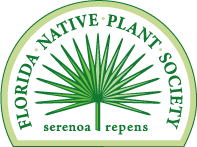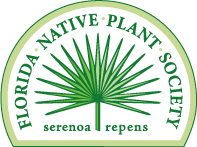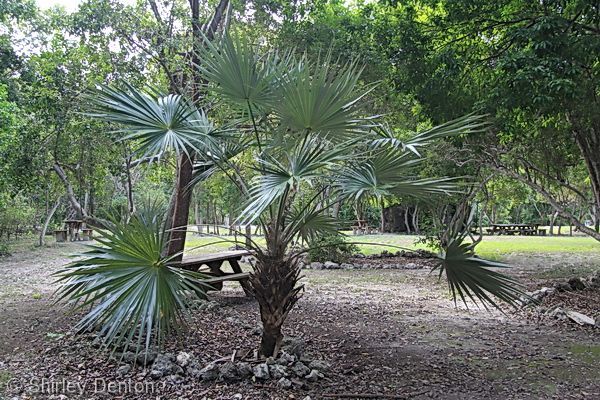FNPS Plant Database
Leucothrinax morrisii
Nomenclature
Common Name:
Synonym(s):
Genus species:
Family:
Arecaceae (Palmae)
Plant Specifics
Form:
Size:
Life Span:
Long-lived perennial
Flower Color:
Fruit Color:
Phenology:
Noted For:
Landscaping
Recommended Uses:
Considerations:
Availability:
Propagation:
Light:
Moisture Tolerance:
Always Flooded---------------------------------Extremely Dry
□□□□□□□□□□□□□□□□□□□□□■■■■■■■■■■■■■■■■■■□□□
Somewhat moist, no flooding -to- Very long very dry periods
Salt Water Flooding Tolerance:
Unknown
Salt Spray/Salty Soil Tolerance:
High. Can tolerate significant and ongoing amounts of salt.
Soil or Other Substrate:
Sand, Lime Rock
Soil pH:
Suitable to Grow In:
10A,10B,11

USDA zones are based on the average annual extreme minimum winter temperature.
Don't know your zone? Click here to search by zip code.
Ecology
Wildlife:
Larval host plant for monk skipper ( Asbolis capucinus ) butterflies.
Used as a bird nesting area and food source.
Native Habitats:
Comments:
Ethnobotany:
General Comments:
The fan-shaped leaves are about 3 feet across and have silvery undersides.
Listed as Endangered by the FDACS. Please act responsibly and acquire only from properly licensed nurseries.
Citations:
Institute for Regional Conservation. Accessed 2021. Natives for Your Neighborhood. https://regionalconservation.org/beta/nfyn/plantdetail.asp?tx=Leucmorr.
Nelson, Gil. 2003. Florida's Best Landscape Plants. Association of Florida Native Nurseries.
Osorio, Rufino. 2001. A gardener's guide to Florida's native Plants. University Press of Florida, Gainesville, FL.
Wunderlin, R. P., B. F. Hansen, A. R. Franck, and F. B. Essig. 2021. Atlas of Florida Plants (https://florida.plantatlas.usf.edu/ ). Institute for Systematic Botany, University of South Florida, Tampa.







